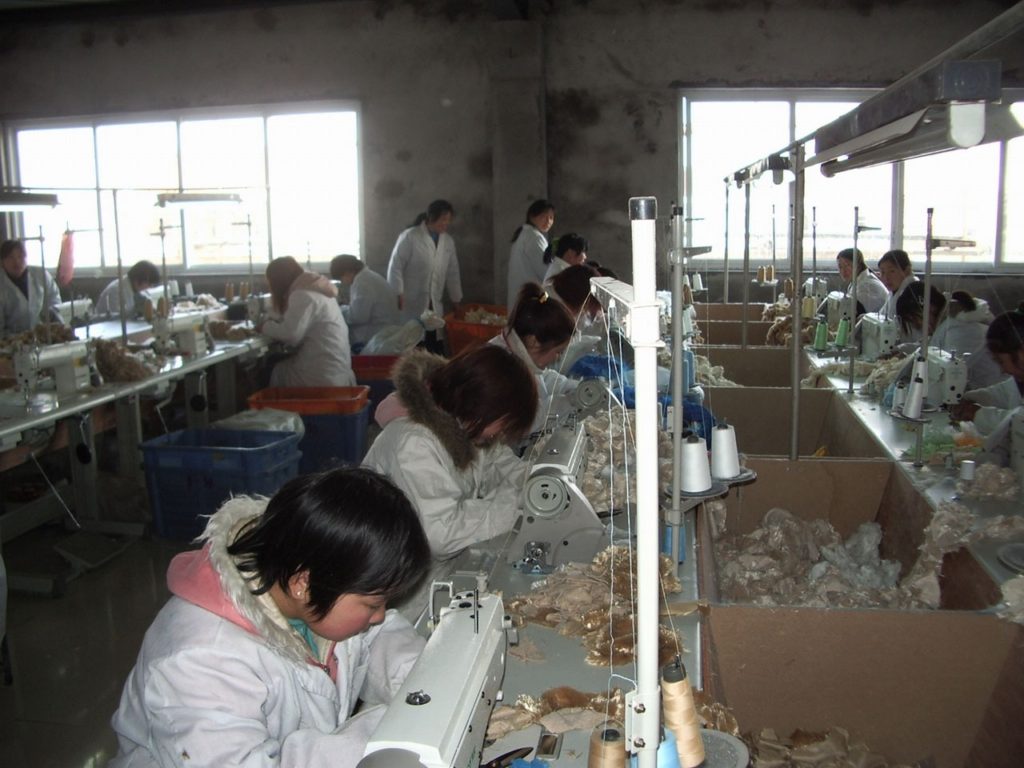How Does Lean Six Sigma Help You Run Manufacturing Operations Projects?
Let’s consider a few typical situations
σ EXPANDING PRODUCTION CAPACITY:
Your products’ markets are growing, and the latest demand forecast promises to outstrip your current capacity within the next 2 quarters.
A great problem to have! And crucially important to solve it right.
σ IMPROVING PROCESS YIELD and PRODUCT QUALITY:
Your factory has gained experience in building your latest products. However, process and test yields have plateaued, and warranty returns are too high. You suspect there are further gains to be achieved in production quality that will translate to higher field quality as well.
How can you reach that important next level of in-process and customer-measured quality?
σ MANAGING EXTERNAL MANUFACTURING and ENGINEERING SERVICES:
Working with an external manufacturing or engineering service company is far more complex than issuing purchase orders for off-the-shelf material or equipment. Take a proactive approach to ensure a healthy business relationship.
If you are considering such an engagement, start with clearly defining the attributes of the right partner.
If you are already in the relationship and encountering problems, recognize (1) they will not fix themselves, and (2) you can’t simply blame the supplier.
σ EXPANDING PRODUCTION CAPACITY:
Your products’ markets are growing, and the latest demand forecast promises to outstrip your current capacity within the next 2 quarters.
A great problem to have! And crucially important to solve it right.
σ IMPROVING PROCESS YIELD and PRODUCT QUALITY:
Your factory has gained experience in building your latest products. However, process and test yields have plateaued, and warranty returns are too high. You suspect there are further gains to be achieved in production quality that will translate to higher field quality as well.
How can you reach that important next level of in-process and customer-measured quality?
σ MANAGING EXTERNAL MANUFACTURING and ENGINEERING SERVICES:
Working with an external manufacturing or engineering service company is far more complex than issuing purchase orders for off-the-shelf material or equipment. Take a proactive approach to ensure a healthy business relationship.
If you are considering such an engagement, start with clearly defining the attributes of the right partner.
If you are already in the relationship and encountering problems, recognize (1) they will not fix themselves, and (2) you can’t simply blame the supplier.

A production line in need of kaizen! At least 5 of the 8 forms of LSS waste or NVA (Non-Value-Add) are visible in the photo. How many process and people issues can you spot? These are prime candidates for improvement using kaizen operations projects.
LSS PM Experiences in Manufacturing Operations Projects
σ σ CONTRACT with a new customer brought new $150-million/year product line into Tier 1 External Manufacturer’s (EM) facility. Action: Conducted value stream mapping (VSM) exercise to optimize the initial production line layout, incoming materials flow, and direct fulfillment process. Result: Rapid and successful ramp-up, while establishing a solid foundation for further gains in operational speed, quality, and cost.
σ σ U.S. MEDICAL device OEM outsourced PCBA production from internal facility to an EM in China. Action: Incorporated OEM’s statistical process control (SPC) tools and reports into EM’s factory information system. Result: Seamless transition, maintained low defect rate for incoming PCBA’s into OEM system integration plant.
σ σ PRIVATELY HELD OEM’s largest customer experiencing 12% incoming defect/return rate for optical multiplexer defects. Action: Conducted kaizen event involving production technicians and field engineer. Aligned factory and customer test objectives, and automated product testing and data collection. Result: Customer’s incoming defect/return rate cut to 0%.
Whether you operate your own internal production facilities or contract with one or more top-rate external manufacturers for production and direct fulfillment, manufacturing is a critical competency. Your customers expect high quality product, delivered quickly, at competitive cost. And whether your company or a contract partner does the manufacturing, your company’s name is on the label, so your reputation is on the line.
Expectations for both parties have to be clearly stated, discussed, negotiated, and agreed. Managing the supplier relationship requires active participation by operations, engineering, quality, and supply chain people who are dedicated to the effort – part-time ‘phone it in’ support will lead to unhappy endings. Running a few well-coordinated joint operations projects – involving both customer and external manufacturer – is an effective way to ensure a solid partnership, leading to successful outcomes.
Conversely, if you are the supplier, it is critically important that you perform as an equal partner with your customer or client company. Communicate status openly, including problems and action plans. Help clients solve their problems as though you were “wearing their badge.”
Ping me, Dann@Lean6sigmaPM.com, to discuss your situation and issues, and how to employ LSS PM techniques and tools in your Manufacturing Operations projects.
Operations Case Study
Lessons to learn from a manufacturing line yield improvement project that made good use of LSS principles to understand several component, design, and process interactions, raising process and product performance far above expectations.
